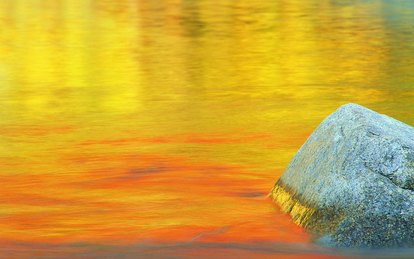An Immersion in Biophilic Design

Biophilic design is based on the theory of ‘biophilia,’ defined by Edward O. Wilson as “the innately emotional affiliation of human beings to other living organisms.” In other words, we humans have an inherent biological need to connect to nature, including in our built environment.
Just as we would tend to a garden, we should approach biophilic design by first thoroughly understanding the soil and the foundation in which our seeds will take hold, grow and flourish. All too often, our buildings are disheartening reflections of our disconnect from nature. But embracing consciousness and mindfulness in the design process can help us make our experiences in these spaces more meaningful. Consider what can be achieved through a more mindful approach to design that is rooted in slowing down, getting in touch with how we feel, and staying present.
Bioiphilic design requires first being fully conscious and grounded in our overall movement, direction and approach. This may seem contrary to the current methods and style of western society but taking the time to care and connect is essential. Next, we must be fully present, freeing ourselves from the need to multitask, control, make assumptions about, or establish boundaries in our designs in order to reach our highest creative outcomes. Finally, to move from a place of awareness means we must also rely on the intelligence of our physical bodies and spirits to interpret information, rather than just our often limiting and discriminating rational minds. This involves finding the patience to listen more carefully and compassionately as we ask questions, watch for unexpected gestures and flows of information, engage the senses to be fully aware of the aroma, even the taste, of the surrounding spaces, and hear what nature may be relaying about the site. As part of this process, we should give ourselves permission to trust our intuition and instinct, to feel and guide ourselves, and perhaps use journals and sketches as exploration tools.